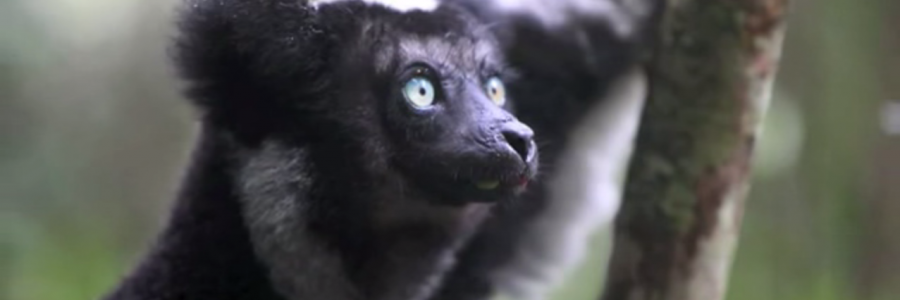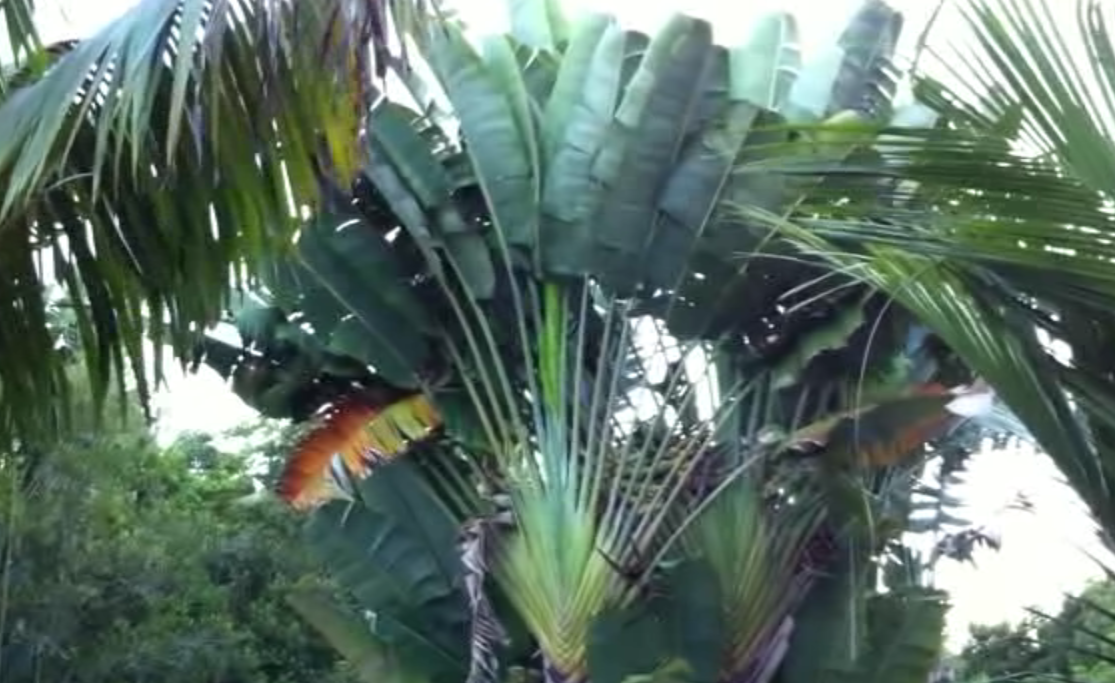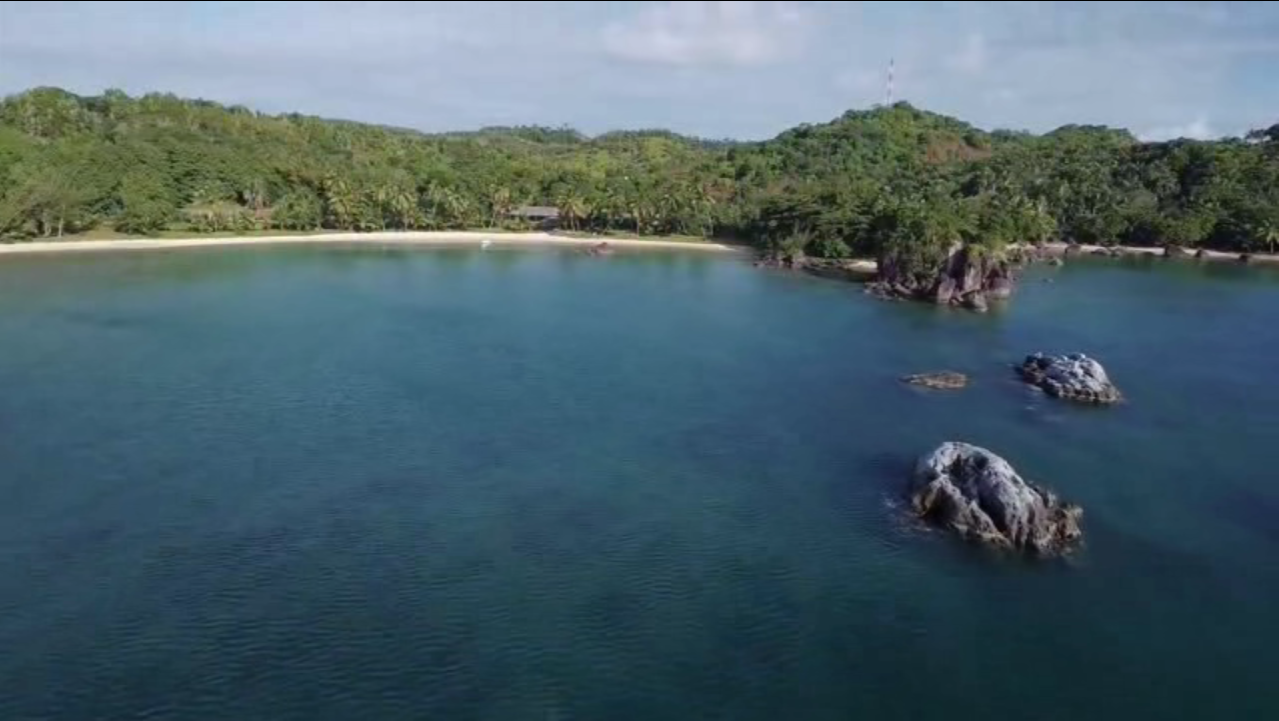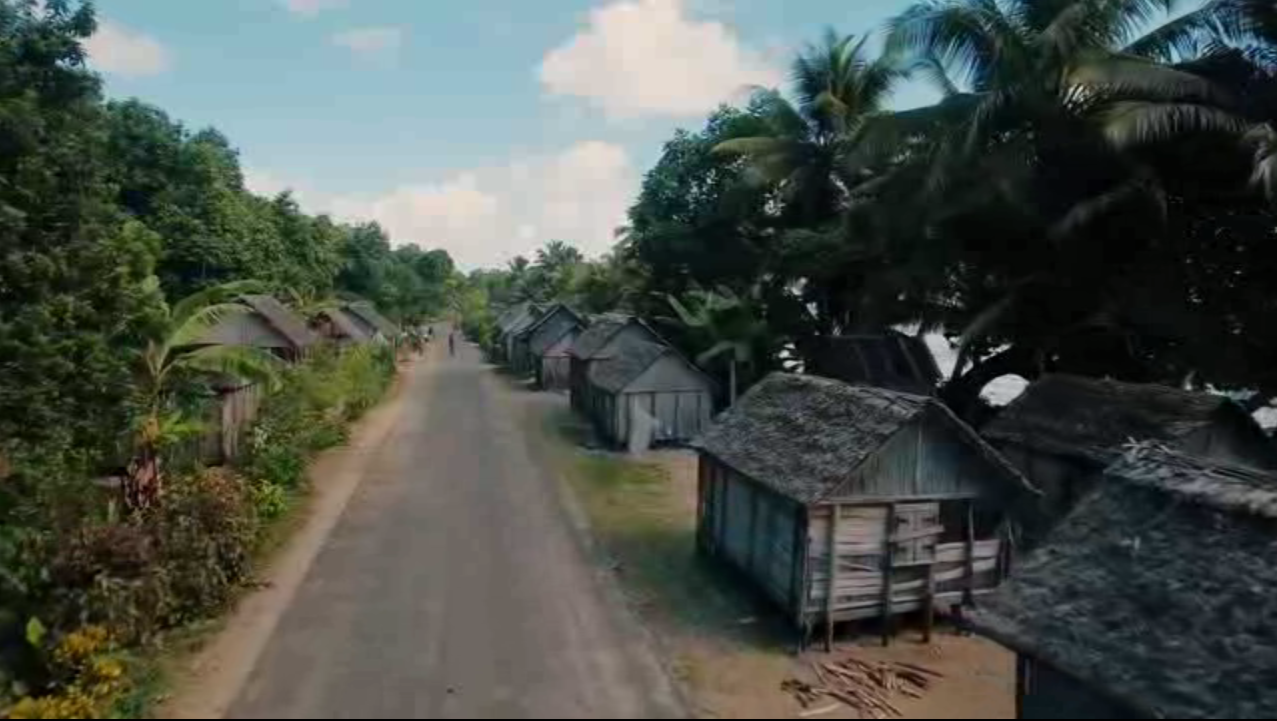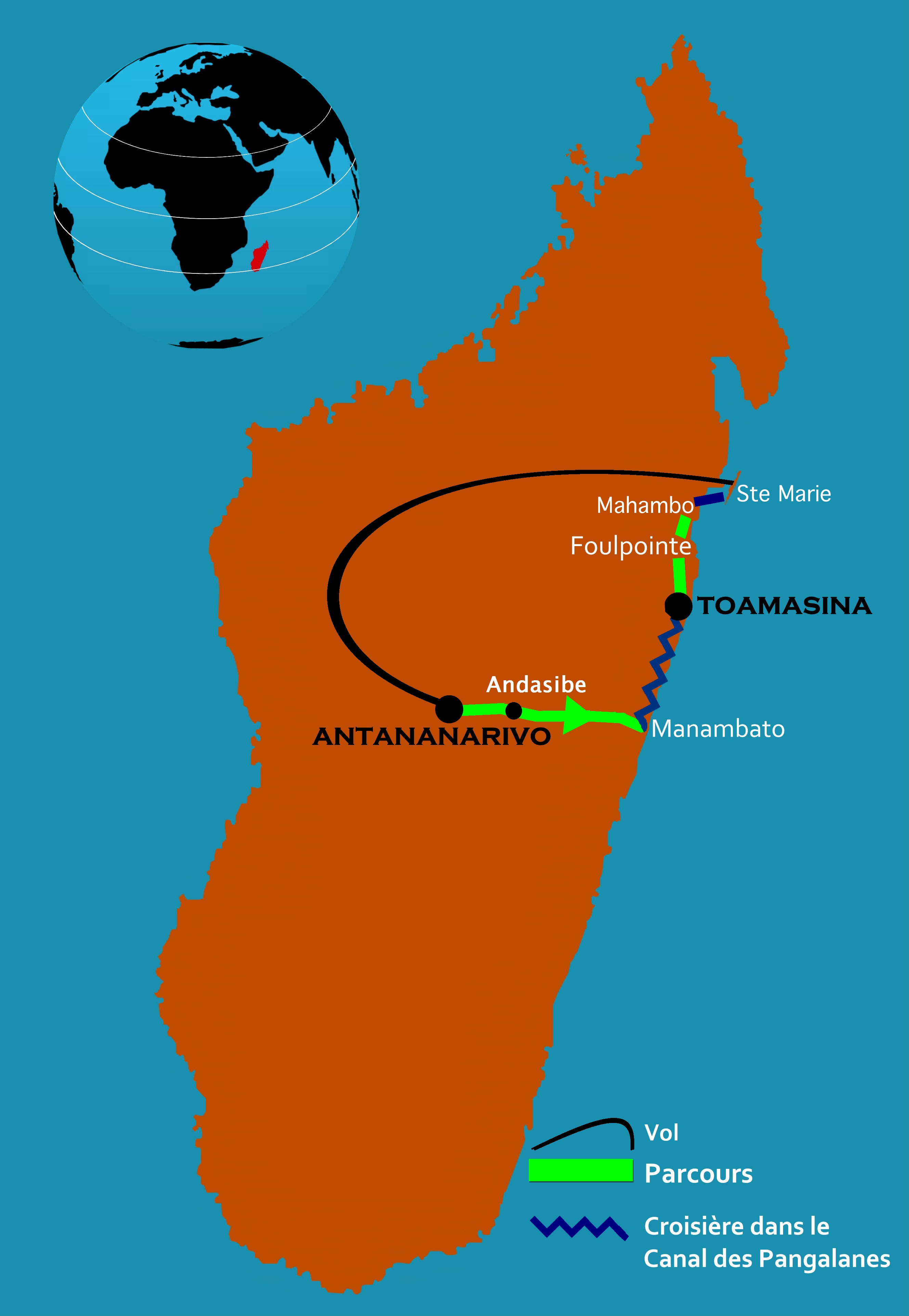The Pangalanes canal.
Geographically, the eastern part of Madagascar is made up of cliffs, it is the humid part of Madagascar which knows the highest rainfall. Indeed, it is the place where tropical forests, secondary forests and primary forests of Madagascar are concentrated. The waters of the watercourse streams have met below the cliffs of eastern Madagascar to form rivers, lakes and ponds from the top of Tamatave or toamasina in the north and Farafangana in the south.
Given the wealth of raw materials and export products in the eastern part of the big island such as sugar cane, coffee, cloves, vanilla, ylang-ylang… Indian, Portuguese, French and English ships recognized the region of the east coast of Madagascar. At that time, Tamatave was a trading post and later Foulpointe or Mahavelona became the center of French business.
At the beginning of the 19th century, in 1815 King Radama 1st was the first to take the initiative to initiate the connection of these eastern rivers, lakes and ponds to form the Canal des Pangalanes, but the king had no good results because they were still occupied by the invasion of the English and French. Years passed, treaties were put in place and subsequently violated. And towards the end of the 19th century, the big island of Madagascar was declared and finally became a French protectorate. Two years later, General Joseph Gallieni called for the resumption of work aimed at controlling the east coast in the administrative and military domain. Thus, the Pangalanes Channel and Railway project were relaunched in 1905.
The beginning of the Canal des Pangalanes drill was in 1905 and was not completed until 1989. The creation of the Pangalanes Canal was quite a long period of work and around 700 km, a waterway canal of 665 km from Foulpointe to Farafangana had been accomplished.
Chronology of the Pangalanes Canal construction:
-1905: Tender for the connection of the Pangalanes Canal between the village of Ambinanivolo and the town of Mananjary.
-1907: Opening of part of a waterway between the town of Mananjary and Vatomandry.
-1907 to 1908: Works on the Pangalanes Canal linking Marokontsy Lake and Salakotaka Lake. Then, call for the Pangalanes Canal project between Ifontsy and Ivoloina.
-1908 to 1923: Construction works of the connecting canals of Antsiramianina Ambinavolo and Vatomandry.
-1910: Connection of the Pangalanes Canal from Farafangana to Vohipeno.
-1911: Connection of the Canal des Pangalanes of Mananjary and Andevoranto.
-1911 to 1913: Relation of Tatamamy Lake and the Mangoro River form the Pangalanes Channel of Masomeloka.
-1913: Project tender for the Pangalanes Canal between Tamatave and Ivondro.
-1912 to 1914: Pangalanes Canal Farafangana and Vohipeno construction works.
-1913 to 1918: Relation of Andrevo and Masomeloka
-1918: Tender for the relation project of the Pangalanes Canal Tamatave and Ivondro.
-1919: Construction work in Vatomandry.
-1925: Assessment of the completion of the Pangalanes Canal.
-1924 to 1952: Study and report of the river station of the Pangalanes Canal Tamatave.
-1925: Construction works of the Canal between Farafangana and Loholoka.
-1935: Tender for the Foulpointe Tamatave project.
-1930: Establishment of Kalomalala station and camp construction project at Vahia.
-1930 to 1934: Construction of the Salazamay dam.
-1931: Establishment of a base for Pangalanes Canal agents in the middle of the village of Analalava and Sahondra Lake.
-1931 to 1950: Bank protection works on the Pangalanes Canal and construction of the Tamatave river station.
-1942: Operation of the Pangalanes Canal.
-1943 to 1945: Tender for the Masomeloka threshold relation project.
-1944: Opening of the Pangalanes Canal linking Mahanoro, Vatomandry and Ambila Lemaitso.
-1947: Tanandranomainty and Andranomahitsy diversion project.
-1948: Initiation of project tender for the construction of the Canal des Pangalanes from Tanambao to the river station and from Ivondro to Tamatave.
-1949: Completion of the construction works of the Tanambao river station and Tamatave-Ivondro canals.
-1950: Report of the studies for the mouth of Ivondro and the projects of Vatomandry-Ivondro, Manakara-Mananjary, Mananjary-Nosy Varika and Nosy Varika-Vatomandry.
Mileage and distance between the major points of the Pangalanes Channel:
Tamatave-Akanin’ny Nofy or Palmarium 60 km
Akanin’ny Nofy-Ambila Lemaitso 30 km
Ambila Lemaitso-Andevoranto 11 km
Andevoranto-Vatomandry 54 km
Vatomandry-Mahanoro 73 km
Mahanoro-Nosy Varika 113 km
Nosy Varika-Mananary 92 km
Mananjary-Manakara
Manakara-Farafangana


